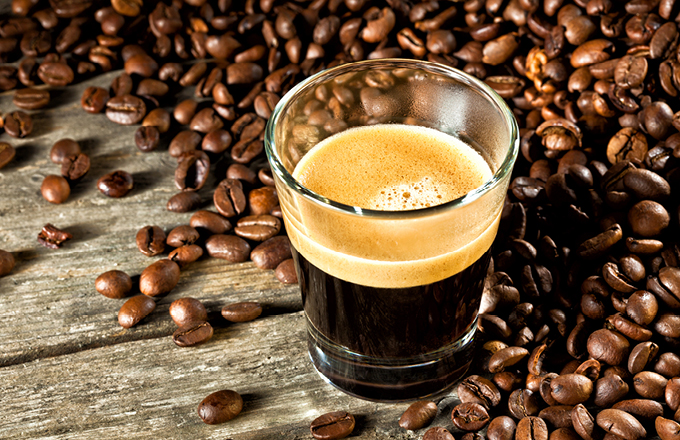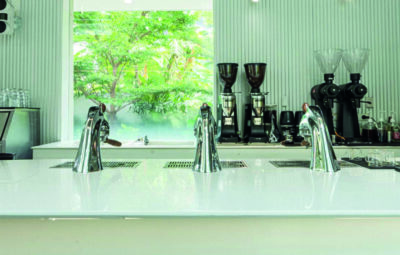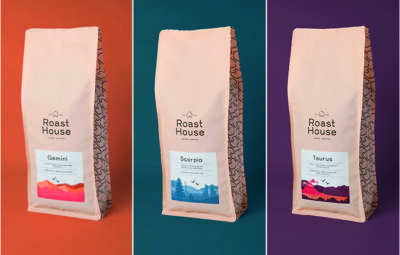Understanding Coffee Roasts: What’s the Difference and Which Roast Works Best for Your Brew?
Behind every great cup of coffee is a bean that’s been roasted to perfection. But not all roasts are created equal. Whether you’re serving silky flat whites or bright, refreshing filter brews, the roast level of your coffee beans has a major impact on flavour, body, and brew method suitability.
In this guide, we break down the key differences between light, medium, and dark roasts, and explain why different roasts are better suited for specific styles of coffee—from espresso to cold brew.
What is Coffee Roasting?
Roasting is the process that transforms raw green coffee beans into the aromatic brown beans we grind and brew. During roasting, beans undergo complex chemical reactions (like the Maillard reaction and caramelisation), developing flavours, acidity, body, and aroma.
The length and temperature of the roast determine the final roast level:
• Light Roast: Shorter roast, lower temperature
• Medium Roast: Balanced profile, moderate roast time
• Dark Roast: Longer roast, higher temperature, more caramelisation
Light Roast Coffee
Characteristics:
• Light brown colour
• Dry surface (no visible oils)
• Higher acidity and complex, floral or fruity notes
• More origin character retained (i.e. the flavour of the region)
Best for:
• Filter coffee (V60, Chemex, batch brew)
• AeroPress and pour-over
• Cold brew (if a bright, tea-like profile is desired)
Why it works:
Light roasts shine in gentler brewing methods that highlight delicate flavours and acidity. They’re often preferred by specialty coffee shops for showcasing single-origin beans.
Medium Roast Coffee
Characteristics:
• Medium brown colour
• Balanced acidity, sweetness, and body
• Notes of chocolate, nuts, caramel with some fruitiness
• Slight oil development on the surface
Best for:
• Espresso
• Flat whites, lattes, cappuccinos
• Drip/filter brewing
• French press
Why it works:
Medium roasts are extremely versatile. They work well across multiple brewing methods and provide a balance of flavour clarity and richness, making them a reliable choice for espresso and milk-based drinks.
Dark Roast Coffee
Characteristics:
• Dark brown to almost black
• Oily surface
• Low acidity, heavy body, bitter-sweet flavour
Smoky, chocolatey, and roasted notes dominate
Best for:
• Espresso (traditional profiles)
• Café au lait and strong lattes
• Cold brew (for deep, rich flavours)
• French press
Why it works:
Dark roasts are ideal for those who enjoy a bolder, more intense cup. They pair well with milk, offering a strong flavour backbone. They’re also great for cold brew, delivering body and depth even when served chilled.
Frequently Asked Questions: Coffee Roasts
Q: Is one roast better than another?
A: Not necessarily. It depends on your brewing method and taste preference. Light roasts are better for flavour clarity, dark roasts for body and intensity.
Q: Can I use light roast for espresso?
A: You can, but it’s trickier. Light roast espresso requires more precise dialling in and often has higher acidity, which might not suit all palates.
Q: Do dark roasts have more caffeine?
A: No. In fact, light roasts often retain slightly more caffeine, as caffeine breaks down under longer roast times. The difference is minimal, though.
Q: What roast works best with milk drinks?
A: Medium to dark roasts generally cut through milk more effectively and create a balanced flavour.
Barista Do’s and Don’ts for Coffee Roasts
Do’s
• Choose your roast based on brew method and customer preference
• Always grind fresh and adjust your grind size for the roast type
• Store beans in airtight containers away from heat and light
• Experiment with different roasts to understand their full flavour potential
Don’ts
• Don’t assume one roast suits all brew methods
• Don’t use oily, dark roasts in super-automatic bean to cup machines—they can clog grinders
• Don’t forget to taste test and adjust extraction for different roasts
• Don’t store roasted beans for too long—freshness matters
Conclusion
Understanding the difference between coffee roast levels is essential for delivering the best possible cup. From bright and complex light roasts for filter brewing to bold, chocolatey dark roasts for rich espresso, each roast has its place in the café and coffee bar.
Choosing the right roast for the right method helps you unlock the full potential of your beans—and elevates every coffee you serve.




